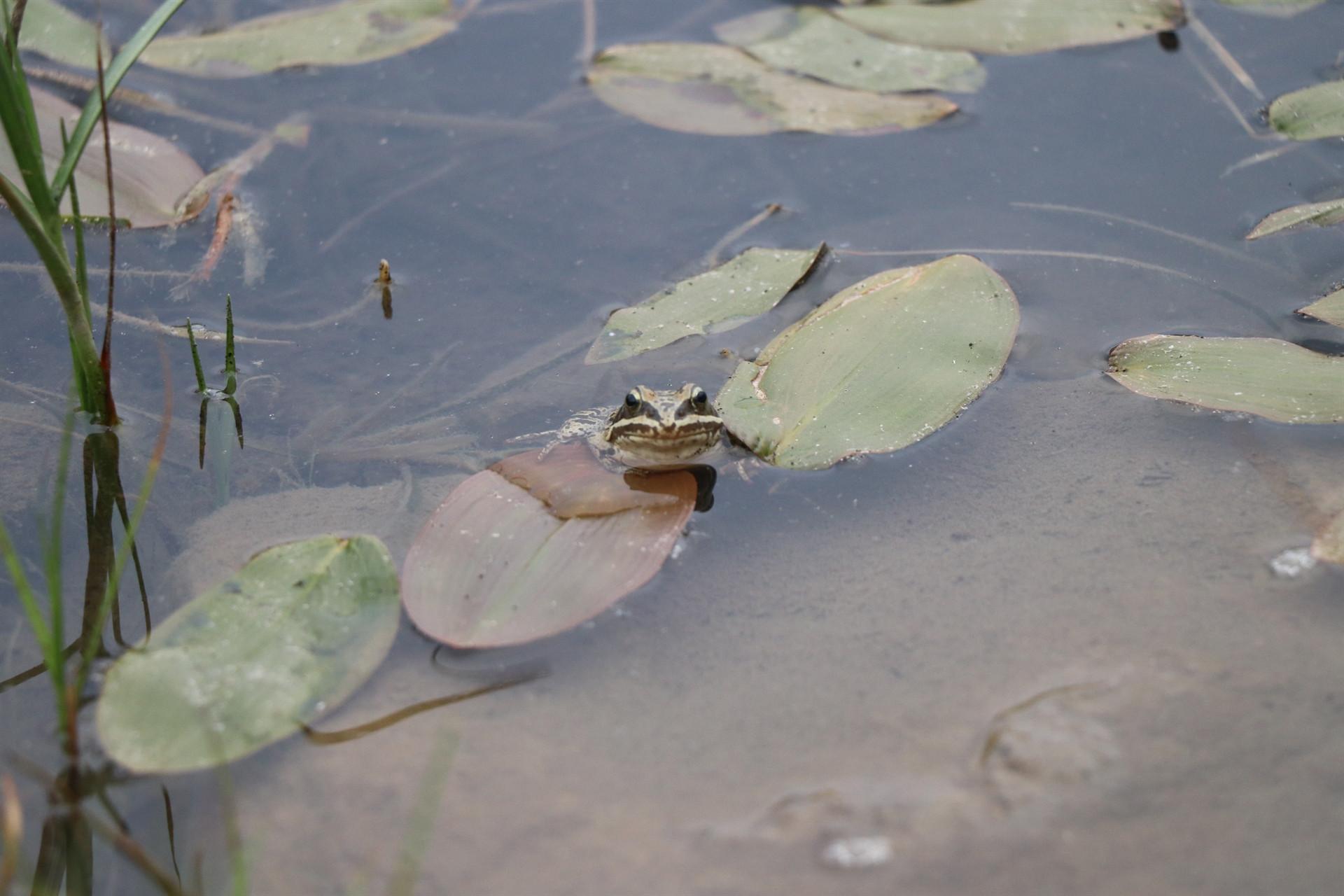
Known as the “silent frog,” the Taurus frog is a frog species living only in the Karagöl, Çiniligöl and Eğrigöl lakes in the Bolkar mountains in Turkey’s Central Anatolian region.
The Taurus frog (Rana holtzi) was determined to live in the region 120 years ago and was taken under protection within the Berne Convention. It survives in small water bodies and has drawn interest from tourists for their faces that resemble the mask of Zorro.
Niğde Ömer Halisdemir University Biology Zoology Department Professor Ahmet Karataş recently observed the frogs in the region.
Speaking to press members, Karataş said the Taurus frog was an endemic species and lived only in that region in the world.
“This species is also known as the ‘silent frog’ but this information is not true because they are not completely silent. They do not have an outer vocal sac but have an inner vocal sac and make sounds that can be heard a few meters away,” he said.
Karataş said this species was introduced to the scientific world nearly 150 years ago.
“Many local and foreign researchers have worked on these frogs. Many have examined their parasites. But of course, many animals have died during this research for the sake of science,” he said.
The professor said carps posed serious threats against the frogs in the lake.
“Dynamite was used here in the beginning of 2000 to hunt fish. The frogs have not become extinct but have suffered greatly. Their illegal hunting still continues. Officials should bring it under control as soon as possible. Also, picnickers pollute the environment. They leave their garbage here. The only trail we leave in the forest should be our feet. We can only protect nature this way,” said Karataş.
Karataş said the Bolkar Mountains were also home to many other endemic species and one of the most important endemic plant centers in Turkey.
“There are 11,700 taxons [plants] in Turkey. More than 3,000 of them are endemic plants. Nearly 10 percent live in the Bolkar mountains,” he added.